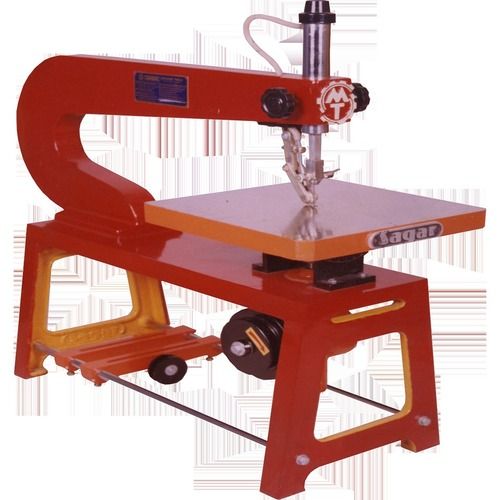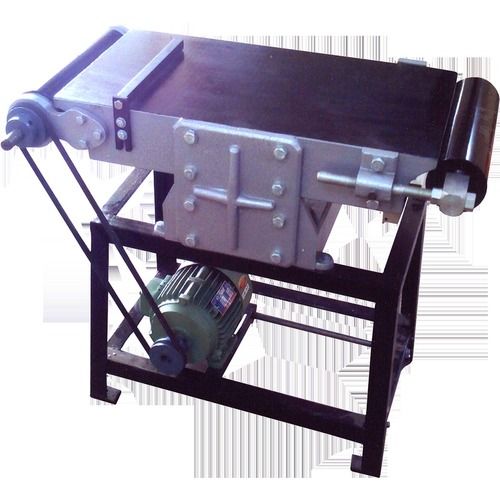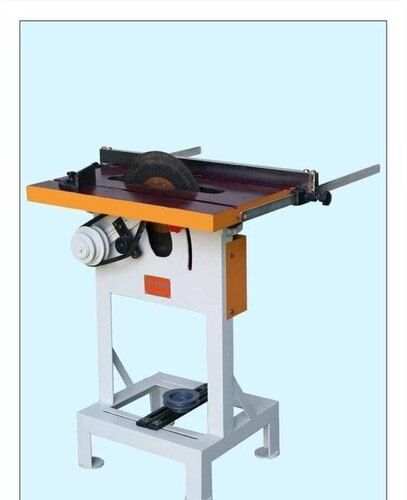
JIGSAW MACHINE
Product Details:
- Product Type Woodworking Machine
- Machine Type Saw
- Machine Style Horizontal
- Power Electric
- Motor 1 HP
- Color Orange
- Warranty 6 MONTH
- Click to view more
JIGSAW MACHINE Price And Quantity
- 1 Unit
JIGSAW MACHINE Product Specifications
- Electric
- Woodworking Machine
- Saw
- Horizontal
- 6 MONTH
- 1 HP
- Orange
JIGSAW MACHINE Trade Information
- Cash Advance (CA) Cash in Advance (CID) Cheque
- 10 Unit Per Month
- 15 Days
- No
- Contact us for information regarding our sample policy
- All India
Product Description
A jigsaw machine, commonly known as a jigsaw, is a versatile power tool used in woodworking, metalworking, and other materials to make intricate curved cuts, as well as straight cuts, in a variety of materials. Here are the key features and components of a jigsaw machine:
-
Blade: The jigsaw uses a narrow, straight blade or a T-shank blade with fine teeth designed for cutting various materials such as wood, plastic, metal, and more. Blade selection depends on the material and the type of cut you need.
-
Handle and Trigger: The jigsaw typically has a handle for gripping and a trigger for controlling the on/off function and speed of the tool. Some models feature variable speed controls, allowing you to adjust the blade speed based on the material and the cut.
-
Base Plate or Shoe: The base plate, also known as the shoe, is a flat, often metal, or plastic surface that rests against the workpiece. It provides stability and helps keep the blade perpendicular to the workpiece. Some jigsaws have adjustable shoe angles for beveled cuts.
 English
English Spanish
Spanish French
French German
German Italian
Italian Chinese (Simplified)
Chinese (Simplified) Japanese
Japanese Korean
Korean Arabic
Arabic Portuguese
Portuguese





